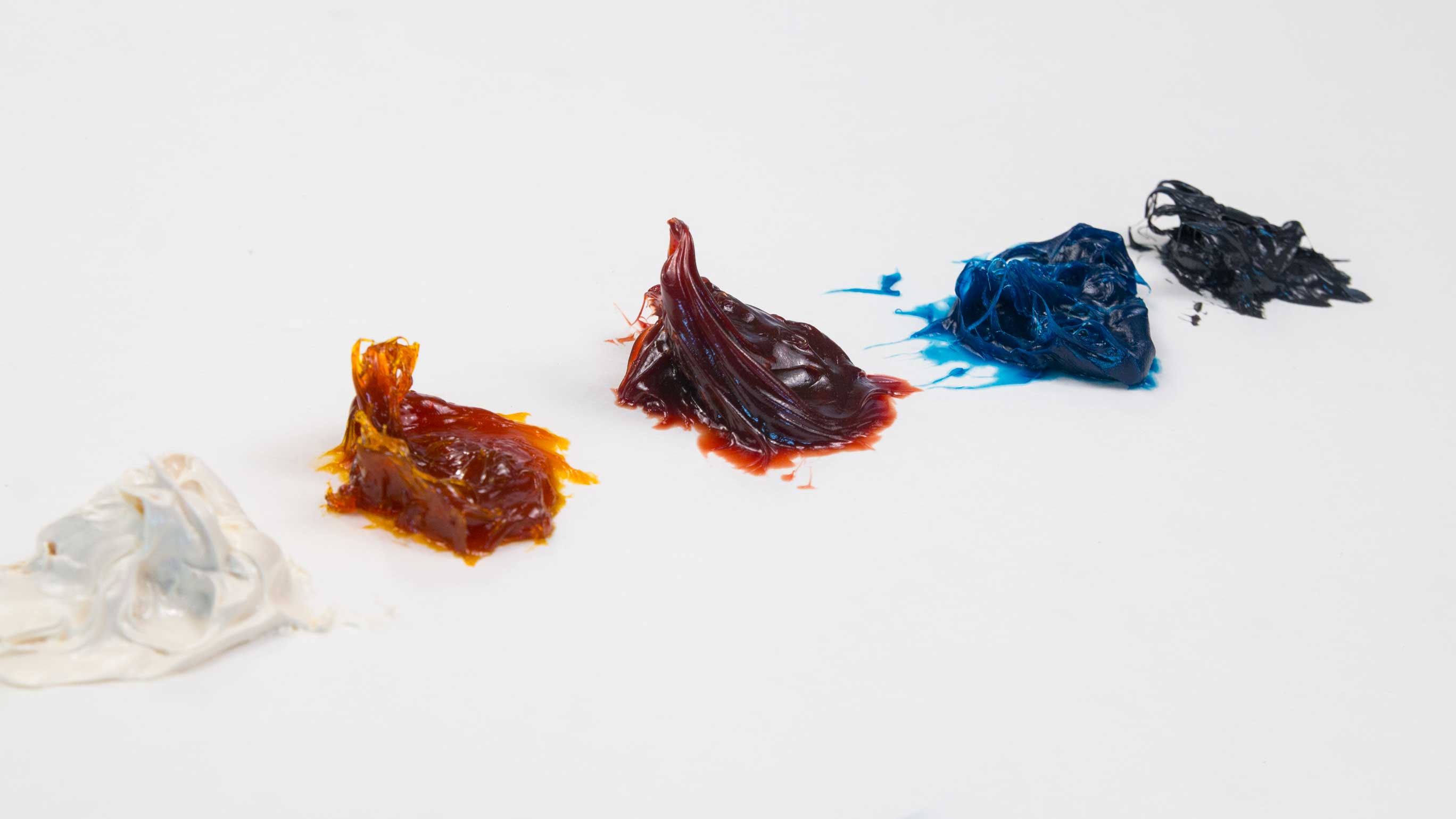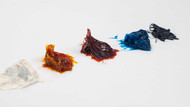What Does Grease Color Mean and How Does it Affect Lubrication?
By on Mar 26 2018

Greases are solid or semi-solid lubricants generally composed of oil(s) thickened with soap (or other thickeners). These high-viscosity lubricants are meant to protect, seal, and lubricate various equipment components and mechanisms that require infrequent lubrication. Grease is used under circumstances where a lubricating oil would not stay in place.
Grease is made with a base oil and can be thickened with soaps, fatty acids, or other emulsifying agents.
As with any other type of lubricant, the goal when using grease is to reduce friction. This happens when the grease creates a film between two moving surfaces. Choosing the right grease is important to reduce friction and wear, prevent corrosion, protect seal bearings against contaminants, and resist leakage. You can learn more about choosing the right grease for your application here.
One thing you will notice when selecting grease is color.
It's important to note that while users still judge lubricating greases by their appearance (as well as feel and odor), the appearance has no real impact on the greases' service or quality. Mechanical stability, load-carrying capacity, oxygen stability, water resistance, and temperature life, on the other hand, are important.
Does grease color affect lubrication?
Today, you can find grease available in just about every color, including black, white, gray, blue, red, purple, green, yellow, etc. What the colors signify and the opinions and perceptions regarding them differ from manufacturer to manufacturer and users across the industry.
Generally, manufacturers use color to identify the type of grease. Vibrant colors may also be more appealing than typical brown lubricants, for example.
While there are no hard and fast rules, and grease color coding systems vary across manufacturers, there are a few specifics that are common. White grease, for example, is indicative of food-grade grease that can be used for the lubrication of machinery in food processing, bottling and packaging plants. You must use H1 lubricants if there is the potential for incidental contact with food to occur. Mobil Food Machinery Grease and Phillips 66 Food Machinery Grease, for example, are registered by NSF International as an H1 lubricant.
Gray or black greases generally contain molybdenum disulfide (moly)/graphite for use under severe operating conditions. You might think that vibrant colors would indicate their, use, such as red for high temperatures or blues cold temperatures, but unfortunately, that is not the case. There are, for example, high temperature greases available in red, blue, and green across brands.
While color (in some cases) may be helpful in identifying the type of grease, don't use color alone. There are much more important factors in determining which grease you should purchase.
How can grease color affect performance?
Grease may change color during its operational life, which can indicate an issue. It may either lose color or become darker to black. These color changes can occur due to thermal degradation, oxidation, or contamination. High temperatures can cause the dyes to lose color intensity while highly oxidized greases may blacken with use. Grease that appears milky may indicate water contamination. Additionally, if different greases are mixed in service, the resulting color may be a mix of the two.
If your grease undergoes color change while in service, it could be an indication that it has reached or is almost at its condemning limit.






